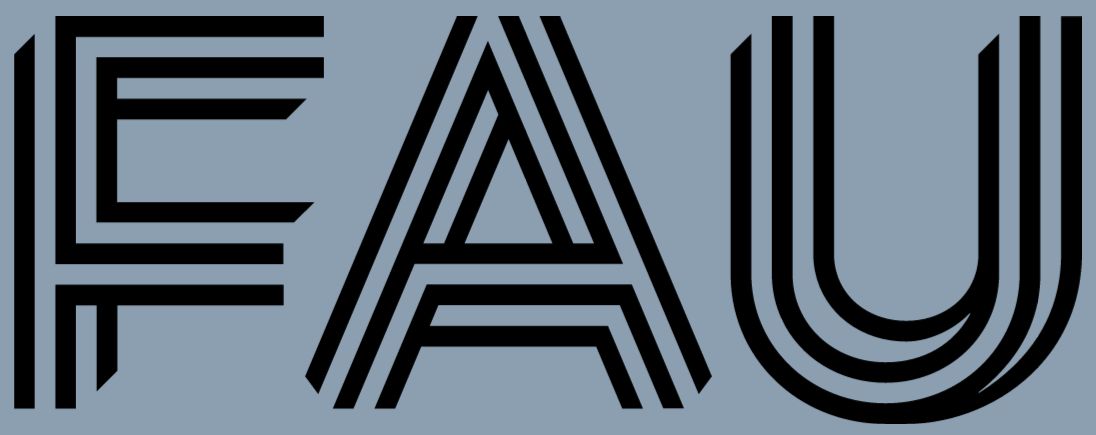Virtual Expedition to the Black Hole
Virtual Expedition to the Black Hole


Have you ever wondered what it looks like when approaching a black hole? A team of astrophysicists and computer scientists made this journey possible in virtual reality! The app contains a narrated tour around the black hole with explanations about its origin.
Download
Coming to Steam early 2024.
Project Timeline
The development of this app began in March 2023. A first prototype was tested in the Dr. Remeis Sternwarte in Bamberg in May. The first public user testing took place in Bamberg during the Universe on Tour event. The development continued throughout the summer to prepare the demonstration in the Long Night of Sciences in October. In an epsiode of #fauwissenwollen, the team reflected on the journey in the Planetarium in Nuremberg. The release of the app is scheduled for January 2024.

Team
The team behind this app consisted of the science communicator and astrophysicist Dr. Annika Kreikenböhm, astrophysicist Dr. Thomas Dauser from the Dr. Remeis Sternwarte in Bamberg, the astrophsics professor Prof. Jörn Wilms, the computer science students Nhat-Khang Vo and Kyrill Olkhovsky, the computer science professor Prof. Tobias Günther, and from the press and communication office Blandina Mangelkramer and Laura Kneppe. Many thanks to the supporters from Friedrich-Alexander-University Erlangen-Nürnberg, the Julius-Maximilians-Universität Würzburg, the Dr. Remeis Sternwarte in Bamberg, and the Planetarium Nürnberg.

Technical Description
The space-time curvature around the black hole is described by the Schwarzschild metric. The orange disk arround the black hole is an accretion disk, which is composed of gas that radiates brightly due to extremely high temperatures caused by friction. The following image shows the disk with linear rays, i.e., without any light bending. This way, it is clearly visible that the accretion disk is actually a disk.

When enabling the relativistic ray tracing through the curved space-time, the light rays bend around the blackhole, which causes distortions in the star map in the background. The thin orange line around the black hole is the photon ring, which is formed by photons that spin around the black hole before reaching the camera.

